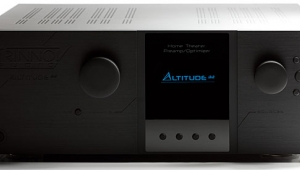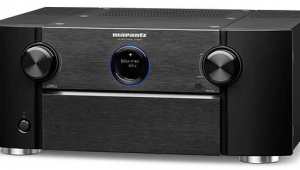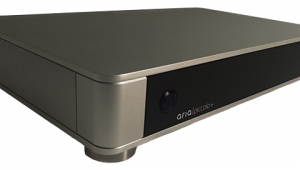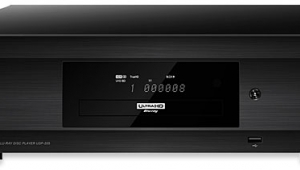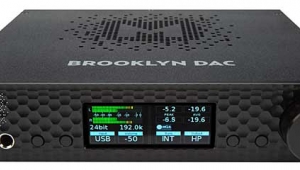| Columns Retired Columns & Blogs |
I've got a question I'm hoping you can answer. I've got a Marantz 7702 pre/pro. I'm happy with it. I also have an Oppo 103. I'm happy with it. But I have a feeling that both are processing the video signal, which is something I probably should not be happy with. If that's the case, which component should do the processing? And how do I block the other component from processing?
I apologize for the bottomless ignorance that generated this question...
Best S







